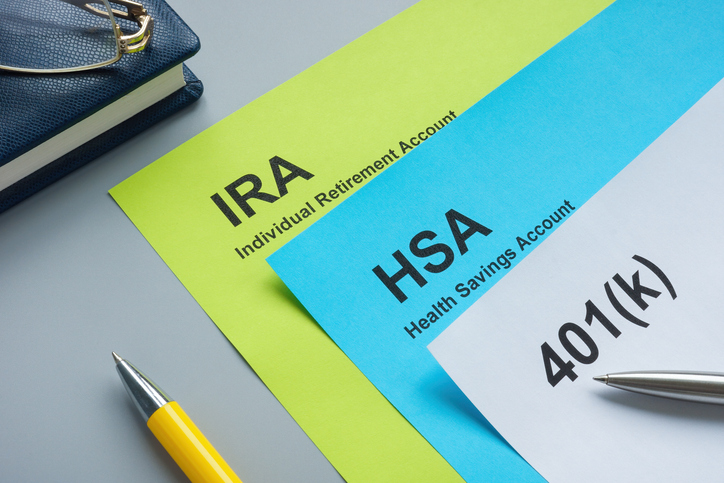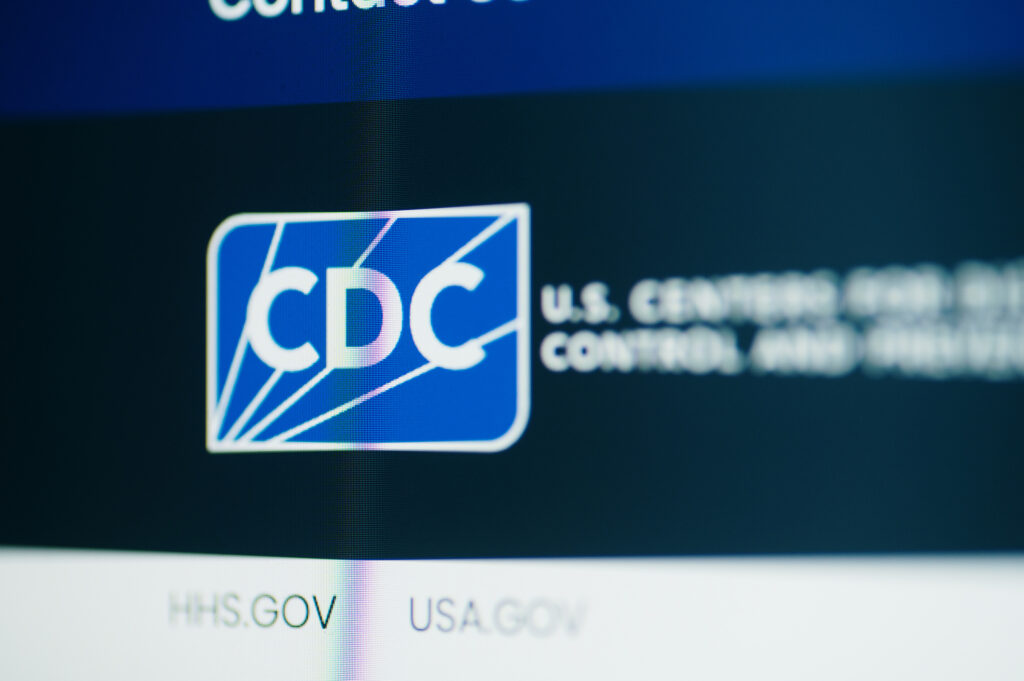After nearly a month of debate, the U.S. Senate sent its version of the One Big Beautiful Bill Act (OBBBA) to the U.S. House for final passage, in time to land on President Donald Trump’s desk by July 4.
The House version of the budget reconciliation bill passed on May 22 included provisions to expand HSAs to 20 million more Americans, up from 40 million at present.
Working seniors who are enrolled in high-deductible health plans at work can continue to contribute to an HSA after they are automatically in Medicare Part A at age 65. The bill also allows three other groups or people to make HSA contributions: employees who have access to on-site employee health clinics, enrollees in Obamacare bronze and catastrophic plans, and people who use direct primary care (DPC) with a high-deductible plan.
Individuals can use HSAs to pay DPC monthly fees of up to $150 a month and gym memberships up to $500 a year.
For 2025, the maximum tax-deductible HSA contribution was $4,300 for individuals and $8,550 for families. HSA contributions are generally tax-deductible and can grow “tax-free” in the account. Withdrawals for medical expenses are tax-free. Under the OBBB, individuals earning less than $75,000 a year can increase their yearly contributions to $8,600, and the contribution limit expands to $17,100 for families earning less than $150,000 annually.
Revenue Primacy
The Senate version of the reconciliation bill released by the Finance Committee on June 16 left out many of the HSA changes the House passed, eliminating them to reduce tax cuts . The Congressional Budget Office estimated the HSA expansion would reduce federal tax revenue by almost $45 billion over 10 years.
The CBO’s analysis is shortsighted, says Chad Savage, M.D., president of DPC Action, founder of YourChoice Direct Care, and a policy advisor at The Heartland Institute, which co-publishes Health Care News.
“While I don’t have direct insight into the discussions that led the Senate to remove the HSA provisions, my understanding is that the Congressional Budget Office (CBO) scores any provision that reduces tax revenue as a cost to the Treasury,” said Savage.
“Removing those provisions gave the appearance of improving the bill’s affordability,” said Savage. “Unfortunately, the CBO’s approach fails to consider broader societal benefits, focusing solely on tax impact rather than overall value to the public. In my view, the government should prioritize reducing spending to lessen the need for tax revenue, rather than seeking to maximize tax revenue.”
Health-System Benefits
The Senate’s abandonment of HSAs is no surprise given how Washington views things, says Ryan Ellis, president of the Center for a Free Economy and an IRS-enrolled agent.
“HSAs have always been a liminal policy issue,” said Ellis. “Is it tax policy? Yes. Is it a health care issue? Yes. So, does the tax staffer or the health care staffer in the congressional office own the issue when it comes down to drafting a bill? The answer is both. Which means the answer is neither. People will fall through the cracks.”
HSAs solve problems throughout the health care system.
“HSAs are a win-win,” said Ellis. “People with an HSA are likely to go from borderline uninsured to insured with a high-deductible plan. So, insurance wins. Providers win because people have HSA dollars to pay them. Taxpayers win because they have a triple tax-advantaged savings account. The government wins because people can rely on HSAs instead of taxpayers for future Medicare benefits.”
The House bill made another smart move by allowing people who purchase the lowest-priced plans on the Obamacare exchanges to contribute to an HSA, says Ellis.
“Most to gain is probably the working poor,” said Ellis.
DPC Advance
One of the best reforms in the House version of the OBBBA was allowing HSAs to pay for DPC, a membership-based payment model that provides unlimited primary care for a low monthly fee, says Savage. To keep costs down and maximize time with patients, DPC does not accept health insurance.
Savage says he was very pleased to see the change.
“While the proposal still had some limitations—such as a cap on the amount of HSA funds that could be used for DPC and the continued requirement to pair HSAs with high-deductible health plans (HDHPs)—it was a step in the right direction,” said Savage. “By making already affordable DPC services effectively pre-tax, the House version of the BBB would have made DPC even more accessible to more Americans.”
Alternate Routes
Ellis says expanded HSAs could be such a success, there will be political pressure to make them more available, including to those enrolled in Medicaid.
“It’s been a very long time since we had major HSA legislation, and there is zero muscle memory,” said Ellis. “Now we have a reminder to everyone that HSAs are not only here to stay, but they are going to grow and grow until virtually all Americans can get access to one.”
Congress can improve HSAs with separate legislation outside the budget bill, specifically the Personalized Care Act of 2025 sponsored by Rep. Chip Roy (R-TX), says Savage.
“This legislation not only removes any ambiguity about the use of HSAs for DPC, but also decouples HSAs from HDHPs and allows HSAs to be used to purchase a wide range of coverage products on a tax-free basis,” said Savage. “This shift would eliminate the need for employers to act as intermediaries in health-care decisions, currently incentivized by tax advantages for employer-sponsored insurance.
“Empowering individuals to receive the same tax benefit via HSAs would allow employers to focus on their core business, while employees would gain the freedom to choose the coverage that best suits their needs,” said Savage.
AnneMarie Schieber ([email protected]) is the managing editor of Health Care News




